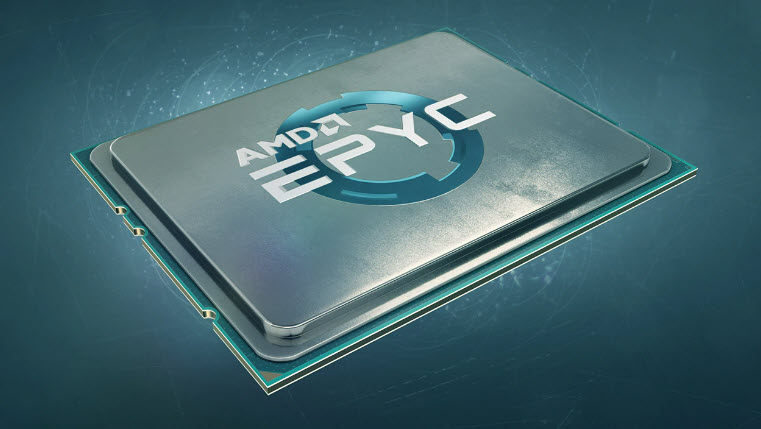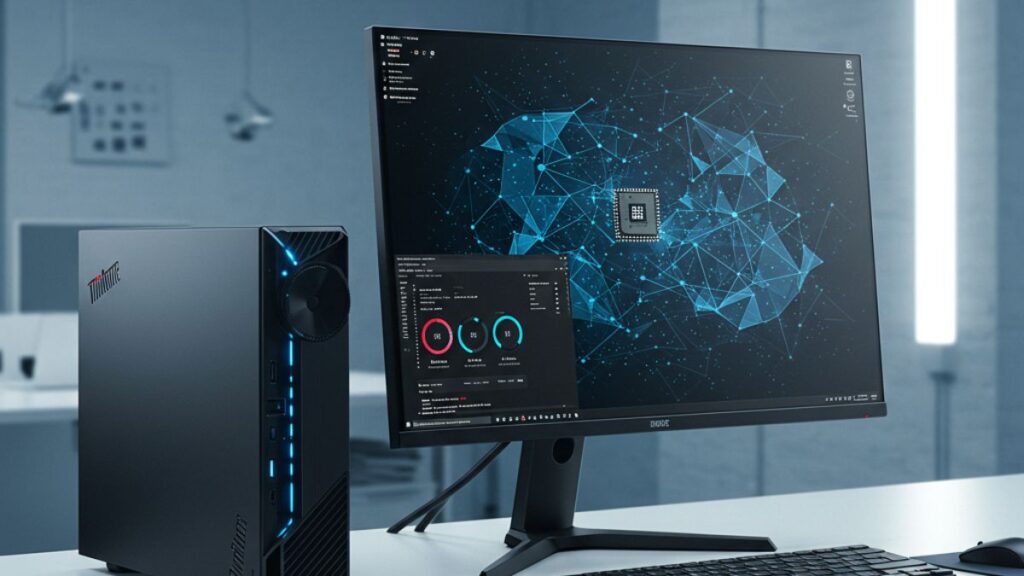This week AMD launched its fourth generation Epyc processors. Intel has been comparing its latest generation parts to AMD’s 3rd Generation and claiming parity, but AMD’s latest should continue to outperform Intel’s significantly across a wide range of workloads. According to AMD CEO Lisa Su, half of the high-performance supercomputers and 80% of high efficiency supercomputers run on Epyc. In terms of performance right now, AMD cannot be beat. Its advantage goes beyond performance to include branding as well. Epyc, like Ryzen, is an aspirational brand that conveys additional meaning beyond Xeon and especially Core Intel brands. So why hasn’t AMD eclipsed Intel in the market as it has in the minds of OEMs and performance-oriented customers?
Where AMD lags Intel significantly is in eco-system. Intel gave AMD a huge boost when it discontinued IDF (Intel Developer Forum), effectively putting the two companies on equal footing when it came to developer support. That has paid huge dividends to AMD, but it has also hurt overall support of X86, weakening it against challengers like Arm. However, NVIDIA’s failed effort to acquire Arm coupled with recent moves to sue its most powerful partner, Qualcomm, weakened Arm in the PC market and server markets, which again benefitted AMD. So, while AMD’s excellent execution has boosted its success, mistakes by competing technology companies have supercharged that success significantly, providing a near perfect story of benefits.
But can AMD hold the lead? Here it gets more interesting.
Intel vs. AMD: The Intangibles
If AMD and Intel were equals, it would be unlikely that Intel could recover from being so far behind AMD in performance and definitely for those customers who demand extremely high performance and more efficient energy use. But there are other considerations that include support, relationships with the company, compliance with internal standards and availability.
In these areas, Intel maintains significant advantages because it is a much bigger company with greater reach. Not only can it manufacture a lot of its products, better assuring supply, but is expanding that capacity and adding a foundry, suggesting that long term, Intel will have more control over its supply than AMD does. It doesn’t matter if a vendor is faster and more sustainable if you can’t get the related products timely.
Now, Intel is doing a layoff which will damage relationships and weaken the company against AMD, and its new manufacturing plants and foundry are still years out from going into production. Additionally, AMD may have access to some of these facilities. The move to aggressively use AI and remote meeting tools could allow AMD to better match Intel’s reach over time, but these are not mature yet either.
Finally, Intel owns X86 while AMD licenses it. This is the one sustainable advantage that Intel will always have unless AMD pivots to a more independent platform like RISC V, which seems unlikely at the moment. But it does provide an option should AMD ever attempt sustained market leadership. So, while AMD will certainly gain significant market share given its performance advantages, it’s hard to catch any technology vendor which is operating well from behind. To truly flip the game and become the power in this segment that Intel still is, AMD would have to better embrace developers, find a way out from under Intel’s ownership of the core technology, and address the significant advantage Intel has with regard to assured manufacturing capacity.
Wrapping Up
Thanks to impressive efforts by AMD CEO Lisa Su and AMD CTO Mark Papermaster, AMD has an epic performance and energy efficiency lead over Intel’s Xeon and Core technologies. That is driving a significant shift in both OEM behavior to favor AMD (companies like Oracle and Lenovo are clearly excited about the competitive advantages these improvements are providing them). But, for sustained leadership, AMD will have to get creative to overcome long-term disadvantages resulting from Intel’s ownership of the core specification, its eroded relationship with developers, manufacturing control, and reach.
Until AMD effectively mitigates most of these disadvantages, it remains at risk not only of Intel retaking what was lost, but of a challenger moving around both AMD and Intel and introducing a better, newer technology which will displace both vendors. While this may seem unlikely, recall that Apple’s moves in the smartphone market were a reminder that technology markets can quickly flip. AMD’s server and PC market are still too closely tied to Intel execution, creating a dynamic where, should AMD hurt Intel enough, X86 could fail as a technology and take out both vendors. Fixing this last would allow AMD a far less risky path to sustained technology leadership.
In short, AMD has performed extremely well. To hold its ground, it will need to innovate around the sustained areas that allow Intel to retain control of most of the major market segments it operates in. The tools either do or will exist that would allow AMD to do this. The question is: Can it execute as effectively in these relationship-oriented areas as it has in engineering excellence? We will see.



